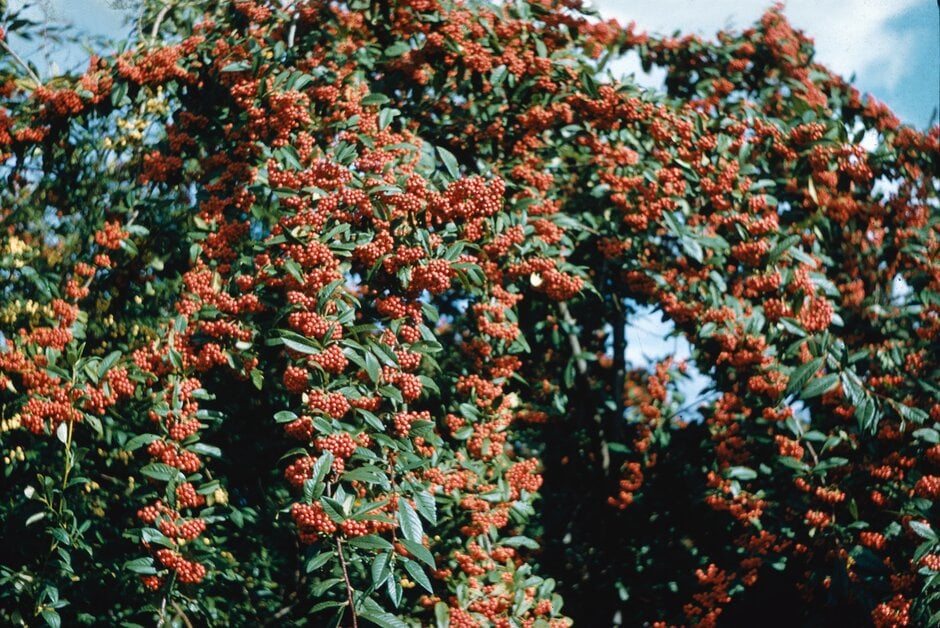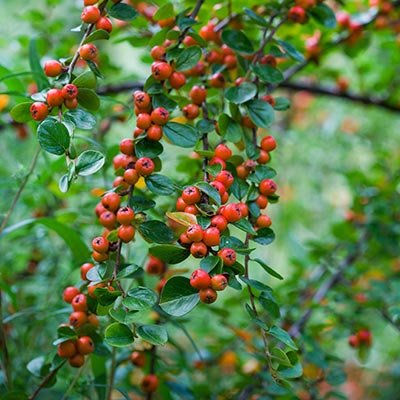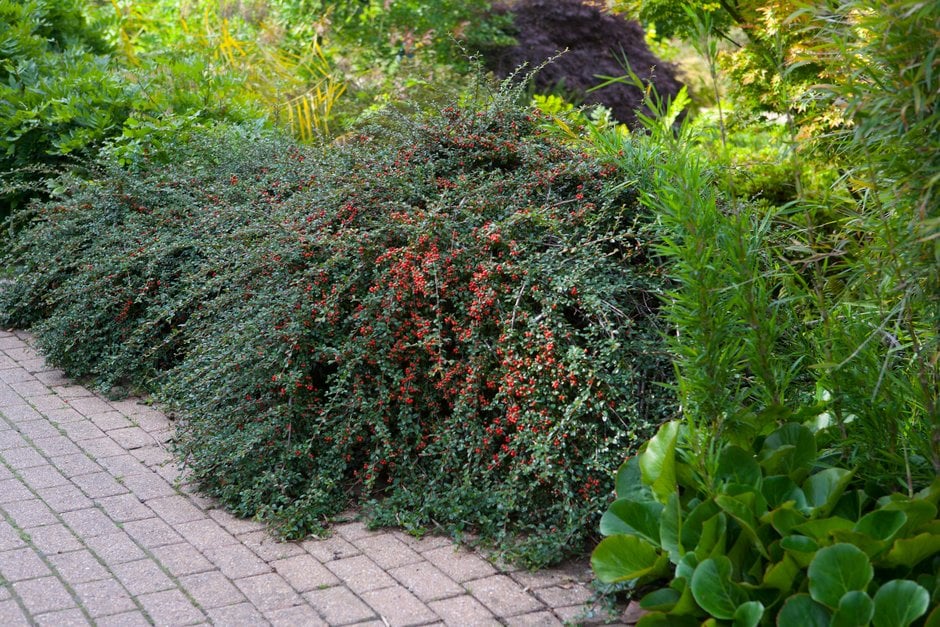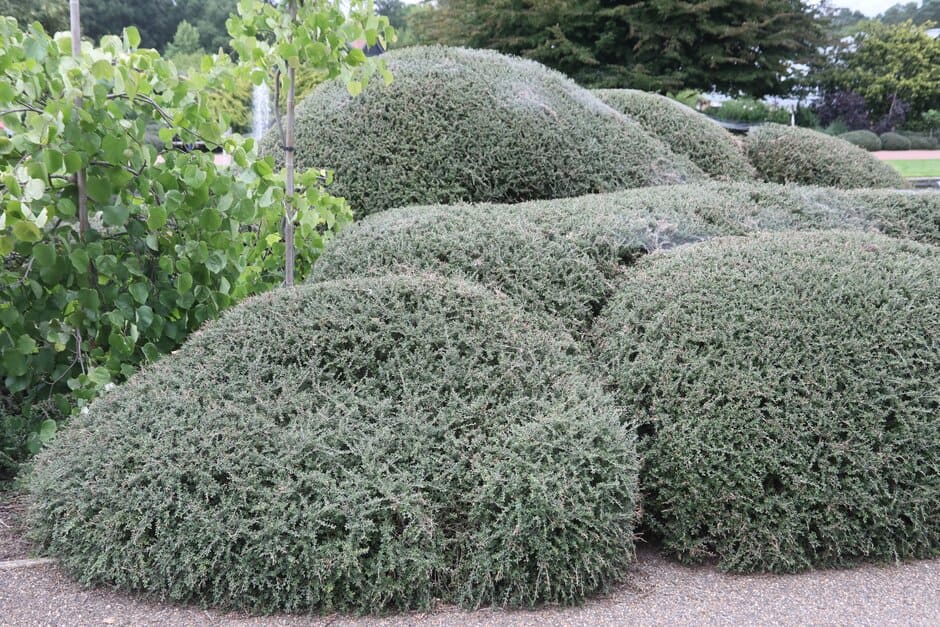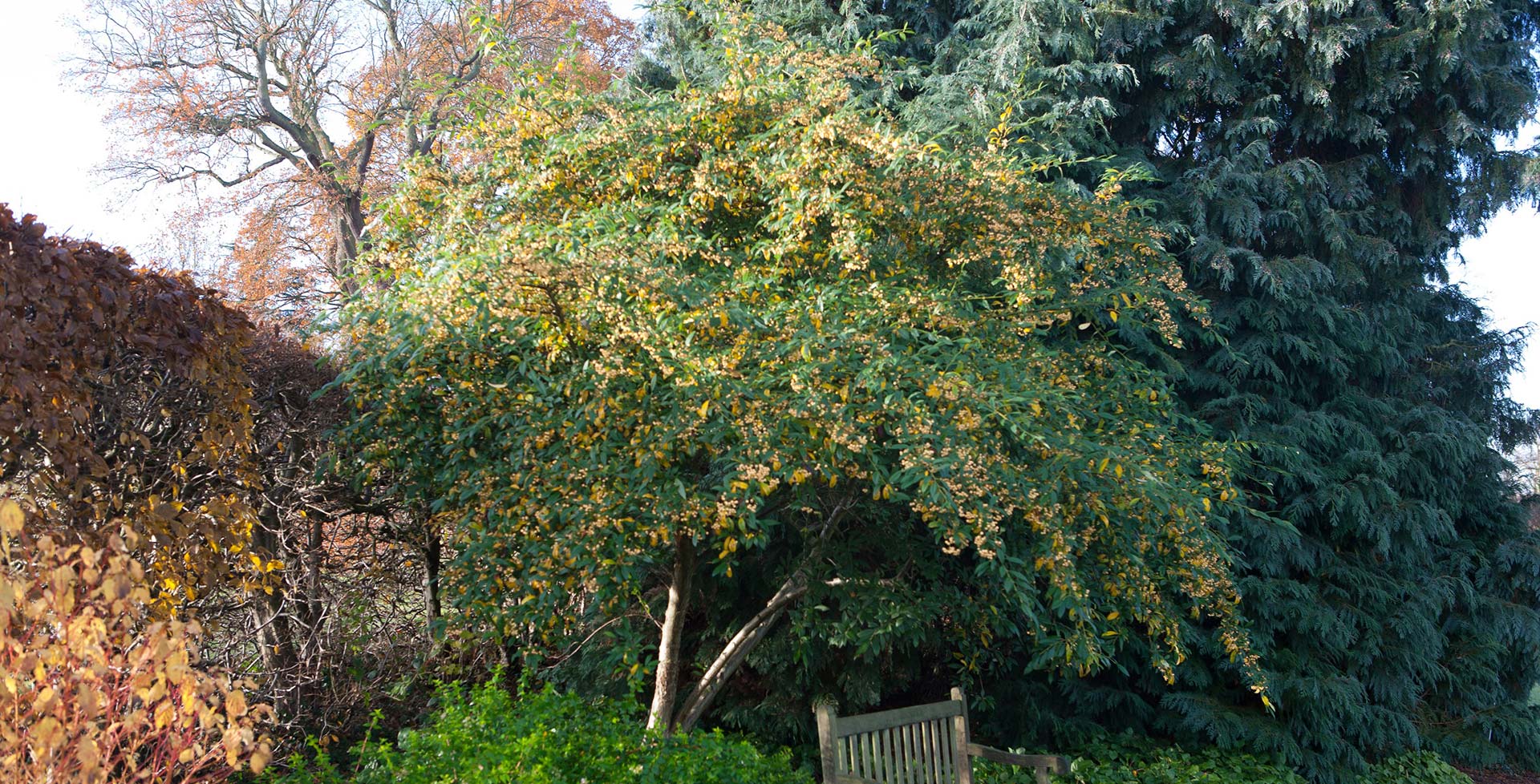
Introducing...
Cotoneaster
Botanical name: Cotoneaster
Common name: Cotoneaster
These shrubs and small trees bear an abundance of berries in autumn. Larger cultivars are useful for hedges, wall shrubs and specimen plants. Smaller low-growing plants make good weed supressing groundcover. Flowers attract pollinating insects, whilst the berries are a feast for birds.
Looks
In spring and early summer, small pink-white flowers cover the branches. These are followed by clusters of red-orange or yellow berries in autumn/winter. Plants are mainly evergreen, with some deciduous cultivars that blaze with fiery autumn colour.
Likes
They flower and fruit best in full-sun, but will tolerate part shade. Plants will also grow in drier soils, once established.
Dislikes
They may struggle to establish in sites where exposed to very cold weather and drying winds.
Did you know?
Cotoneaster are a valuable source of nectar for pollinating insects. The berries are also highly attractive to blackbirds and other members of the thrush family.
Cotoneaster we recommend
Cotoneaster conspicuus 'Decorus'
Tibetan cotoneaster 'Decorus'
- 1–1.5 metres
- 1.5–2.5 metres
Cotoneaster × suecicus 'Coral Beauty'
cotoneaster 'Coral Beauty'
- 0.5–1 metres
- 1.5–2.5 metres
Cotoneaster conspicuus 'Decorus'
Tibetan cotoneaster 'Decorus'
- 1–1.5 metres
- 1.5–2.5 metres
Cotoneaster × suecicus 'Coral Beauty'
cotoneaster 'Coral Beauty'
- 0.5–1 metres
- 1.5–2.5 metres
Useful advice
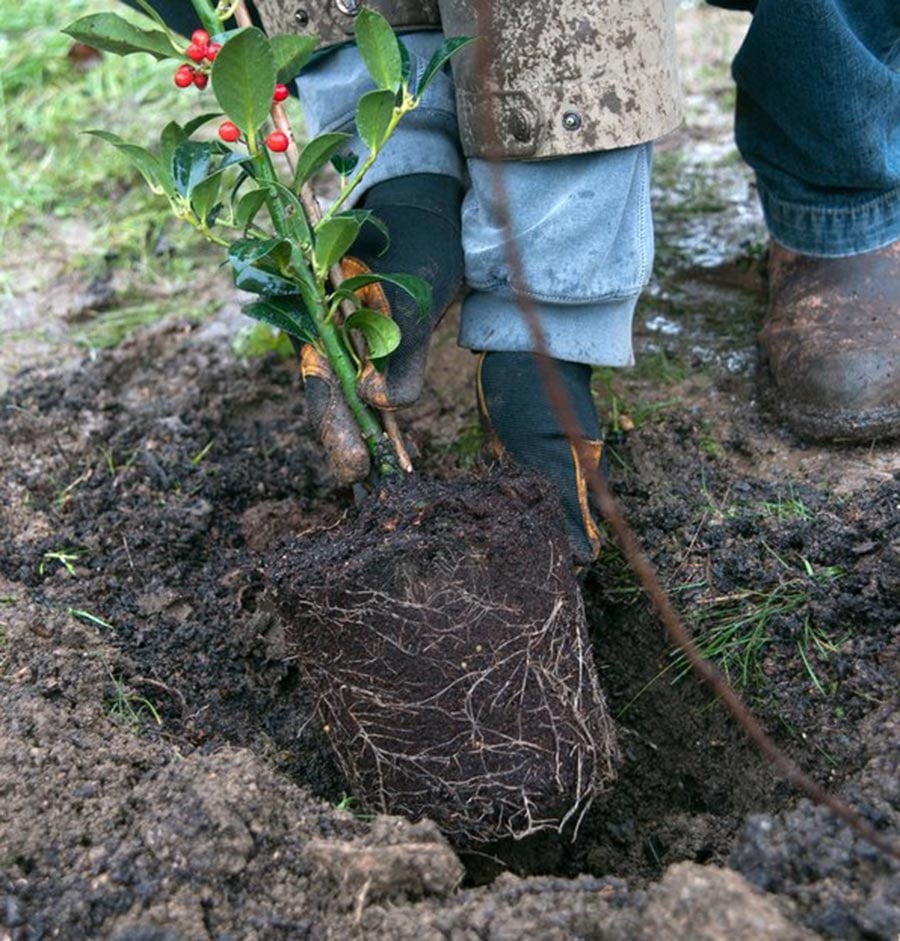
Hedges: planting

Shrubs: evergreen for specific situations

Shrubs: evergreen by size
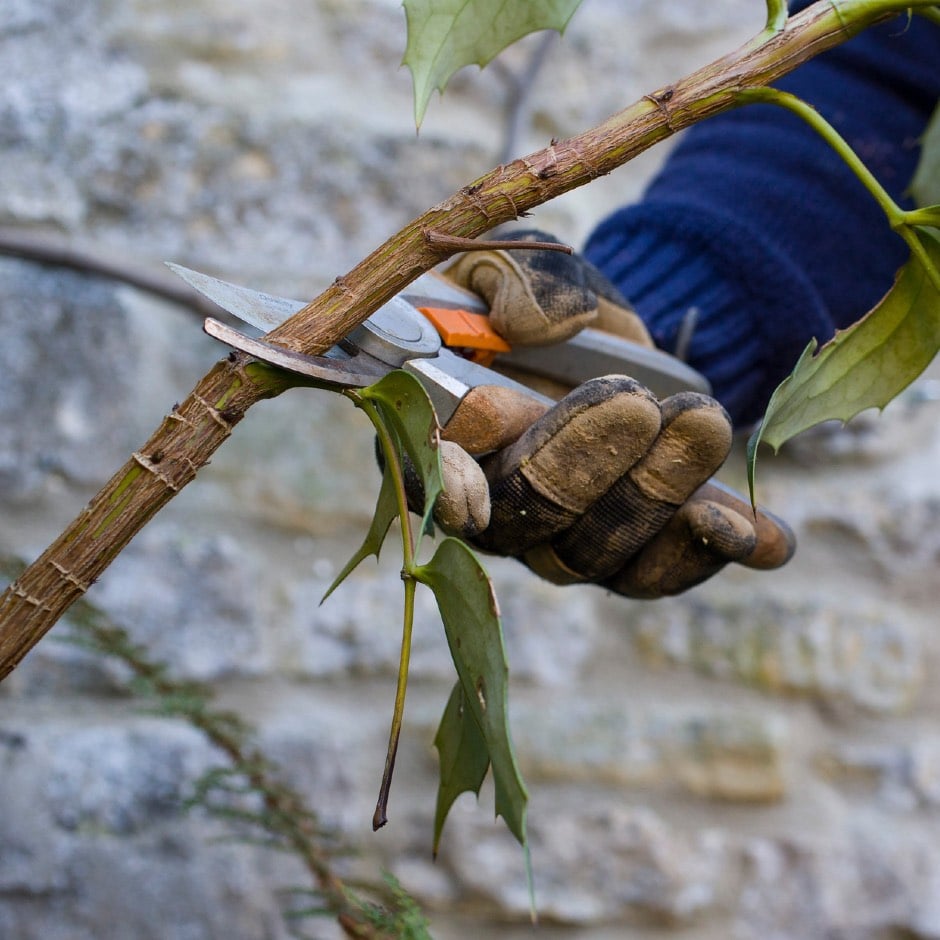
Shrubs: pruning evergreens
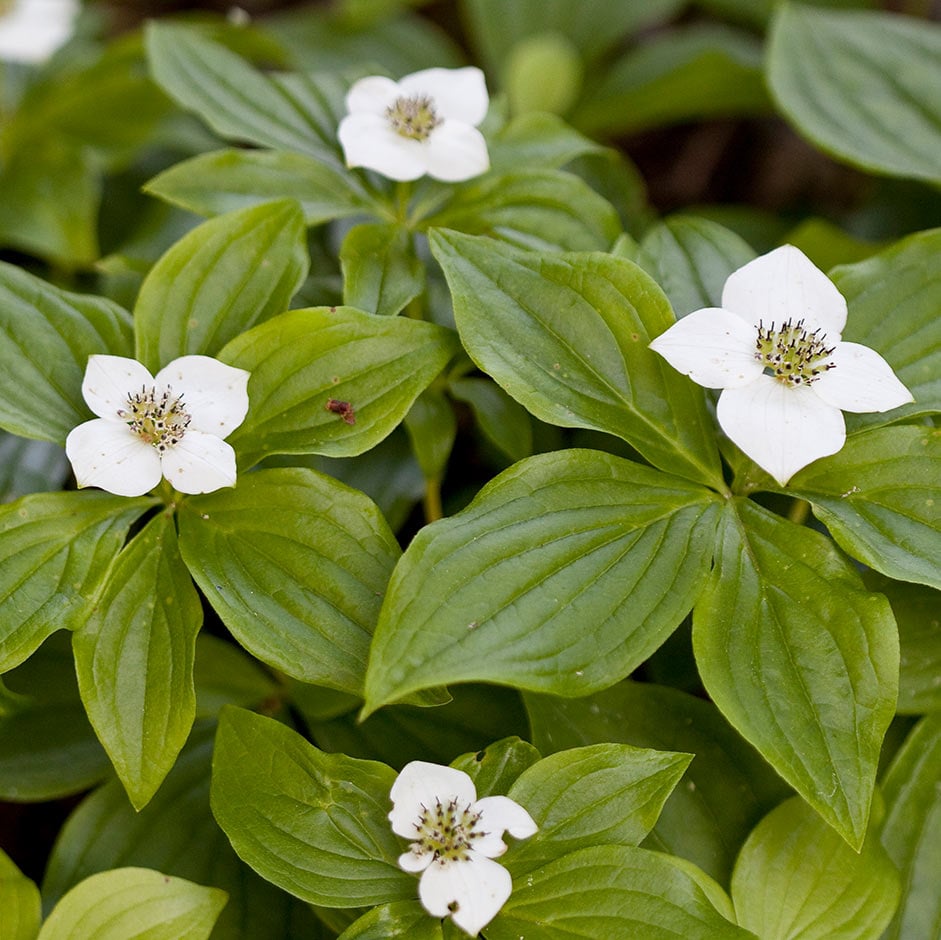
Ground cover plants
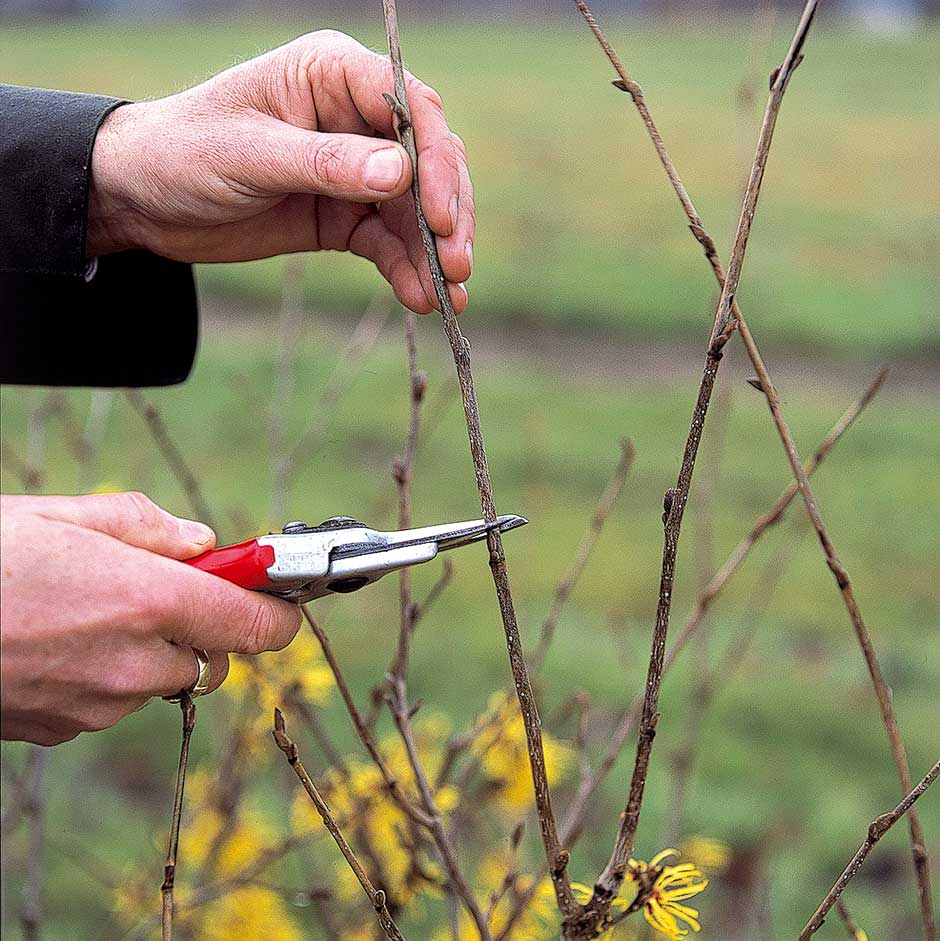
Shrubs and trees: light pruning
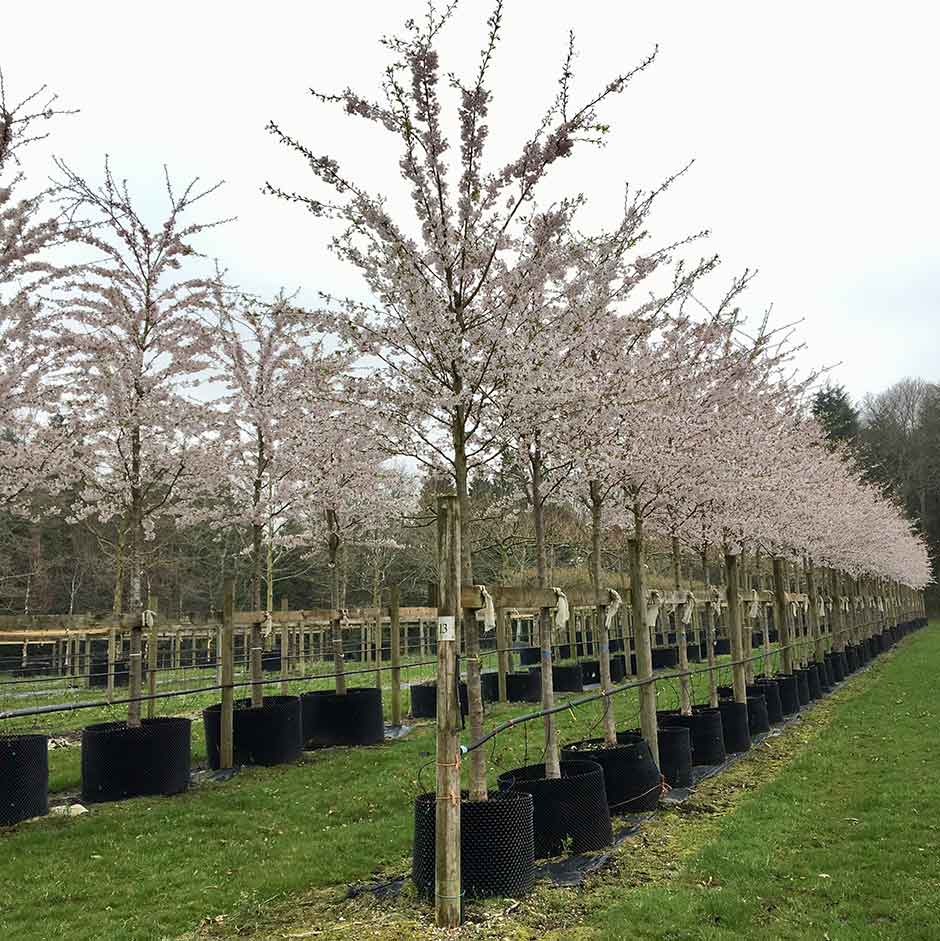
Buying: trees and shrubs
Wildlife in gardens
Get involved
The Royal Horticultural Society is the UK’s leading gardening charity. We aim to enrich everyone’s life through plants, and make the UK a greener and more beautiful place.
